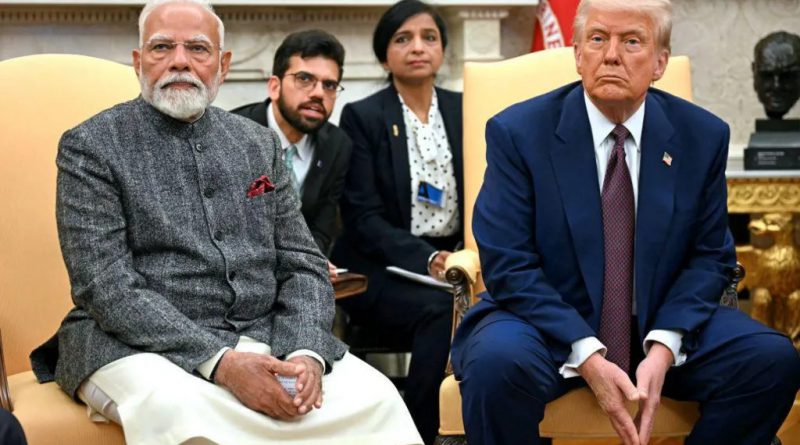India’s Energy Balancing Act: A Pragmatic Path Toward Global Stability
New Delhi – Amid shifting global energy alliances and trade tensions, India’s approach to sourcing affordable crude oil — particularly from Russia — highlights its focus on economic stability, consumer welfare, and strategic autonomy.
Rather than being seen as a political gamble, India’s diversified energy policy reflects a calculated effort to ensure affordability, sustainability, and balance in an uncertain global environment.
As global oil politics grow increasingly complex, India’s balanced approach to energy sourcing showcases both economic pragmatism and global responsibility — positioning the nation as a key player in maintaining stability in volatile markets.
The issue gained global attention after recent trade tensions between the United States and India over energy imports. Yet, India’s policy remains guided by one core principle — protecting domestic consumers while supporting the country’s rapid economic growth.
Officials have consistently stated that energy decisions are based on the best interests of the Indian economy, not external pressures.
India, the world’s third-largest importer of oil, spent over $52 billion on Russian crude last year, accounting for roughly 37% of its total oil imports. This surge was primarily driven by competitive pricing and favorable supply terms.
By purchasing discounted oil, India has been able to stabilize domestic fuel prices, curb inflation, and support its industrial growth, while maintaining a steady supply of energy to meet rising demand.
Energy analysts emphasize that this strategy is neither political nor opportunistic — it’s pragmatic. “Buying discounted oil benefits not just India but the global market by preventing excessive price volatility,” says Partha Mukhopadhyay from the Centre for Policy Research in New Delhi. The logic is simple: if India were to stop purchasing Russian oil, prices could spike globally, affecting both emerging and developed economies.
The savings from discounted oil — estimated at around $9 billion annually — have helped India maintain fiscal discipline and reinvest in renewable energy infrastructure.
Simultaneously, the country continues to strengthen ties with the Gulf nations, the U.S., and African suppliers, ensuring no single dependency dictates its energy future.
India’s energy diversification strategy is built on resilience. Before 2022, its imports were primarily sourced from the Middle East — Iraq, Saudi Arabia, and the UAE.
However, sanctions on Iran and Venezuela forced India to diversify, adding new suppliers such as the U.S., Brazil, and Russia. This adaptability reflects a long-term strategy to balance cost-efficiency with security of supply.
Moreover, India’s vast refining capacity — among the world’s largest — allows it to process a wide variety of crude grades. Many of these refineries are calibrated for medium-to-heavy crude, similar to Russia’s Urals blend.
Replacing these supplies with lighter U.S. shale oil would require significant technical adjustments and increased costs. Hence, the current mix offers operational stability and price consistency.
For global markets, India’s continued participation as a responsible buyer helps moderate demand shocks. As Ajay Srivastava of the Global Trade Research Initiative explains, “India’s role in global energy trade is crucial — it ensures liquidity, keeps prices in check, and supports global economic balance.”
Looking ahead, India remains committed to reducing its carbon footprint while gradually increasing its investment in renewable energy, biofuels, and hydrogen technology. Yet, policymakers recognize that the path to a green transition must remain economically sustainable.
In essence, India’s current energy policy is a model of balanced diplomacy — prioritizing affordability, supply security, and global cooperation.
By keeping consumer interests at the forefront while maintaining open dialogue with both the U.S. and Russia, India continues to demonstrate that responsible pragmatism can coexist with international partnership.



